Usually a proposal will contain the following information, shown in each heading (Filmandmedia.ucsb.edu, 2016) :
Length of work, format.
The documentary will be a 30 minute long documentary that will follow four people’s adventures with Tinder, two of which will not have used it and two that use it regularly, it will also have filler segments with interviews on the street and facts etc.
Who is the intended audience?
The core audience for this documentary are 25-34 year olds. Almost half of the Tinder users fall under this age group at 45%. The secondary audience is 16-24 year olds, with 38% of Tinder’s userbase falling into this category. When focusing on these audiences, we hit 84% of Tinder userbase.
However, this is still quite a broad spectrum. So, we will further narrow this down to urban people, which make up 76% of Tinder users. We will apply this to both our primary and secondary audiences. Furthermore, we are going to also add the condition of them being male. This is due to the fact that the majority of Tinder users are male over female. Also, I feel aiming it towards men would be more interesting stylistically as I feel there would be more varying opinions on aspects of mobile dating.
Primary audience: Male, 25-34, urban.
Secondary audience: Male, 16-24, urban.

I will be catering the participants I choose to be on the documentary to fit the intended target audience.
Goal or intended purpose(s) of the film
“The pleasure and appeal of documentary film lies in its ability to make us see timely issues in need of attention, literally. We see views of the world, and what they put before us are social issues and cultural values, current problems and possible solutions, actual situations and specific ways of representing them” (Nichols, 1991). These are the general purposes of a documentary, all of which will be an intended purpose of my documentary in one sense or another:
Social Issues: I aim to convey current social issues that the application causes, such as promoting treating people as objects and becoming more separated from the individual you are talking to.
Cultural Values: I will be representing the cultural values that individuals who are informed on the subject and how they have developed through interview situations.
Current Problems and Possible Solutions: Through the participants experiences, it will unearth issues which they encounter with Tinder and thus they will go through possible solutions to these issues.
Actual Situations and Specific Ways of Representing Them: As the documentary will be focusing on the reality and the norm of Tinder users, rather than the extraordinary, it will represent actual situations and represent them in a homely manner so you feel genuine connection with the individual on screen.
Has any media work already been produced on this subject? If so, what is new, different, interesting, engaging about your approach?
The Secret World of Tinder – The secret world of Tinder is a documentary that follows a few of Tinder’s more extravagant user base as they regale us with their stories of the experiences they have had on the app. – Whilst this is an entertaining concept, I am for my documentary to be different in the way that it will be be more informative of a typical user’s experiences, being a fly-on-the-wall perspective as they let you into their dating lifestyle.
Style (Any key stylistic elements in writing, shooting, audio, editing, etc.)
As it’s a documentary, the writing style will be fairly lax. I don’t wish to create it as a structured reality. So, I will ensure that I give them enough subjects to dive into should they lack inspiration and give them the correct direction in the technical side of it all, to ensure that the footage captured is of a high quality both in subject and technically.
When shooting, I want it to be appear informal, like the subject is talking to a friend, so the subject will always been engaging with an individual behind the camera so it helps in creating this atmosphere. Thus, the subject will have a better relationship with the camera and in turn the audience.
In terms of audio, there will be ambient music used for filler between subjects, during title sequences and when it is necessary to create more emotion out of a scene, to keep in line with the documentaries I researched and match the style.
When editing, I want to stick to a similar style throughout, making sure all the cuts stick to the same fashion in the same situation, the titles the same, the font the same and the soundtrack to be consistent. This is so I don’t draw the attention away from the subject matter whilst still appearing professional.
What about the soundtrack?
I will be sourcing all of the music through royalty free websites where I can find a sound that can suit my film for free, minimalising expenses.
Who is working on the project? What similar projects have they done in the past?
I will be spearheading the project whilst having a cameraman with me on certain shoots who has been with me on a few other projects before. Both of us have been involved in various documentary shoots before and are aware of the fly on the wall type angle we want to achieve.
How will this work be distributed?
It will be distributed through film festivals, online platforms such as Vimeo and YouTube and shared through social media. I aim to research much deeper into the subject before deciding completely on distribution methods.
References
Filmandmedia.ucsb.edu (2016) How To Write A Documentary Treatment Or Proposal….. [online] available from <http://www.filmandmedia.ucsb.edu/people/faculty/portuges/papers/How_to_write_a_documentary_treatment.pdf> [12 March 2016]
Nichols, B. (1991) Representing Reality. Bloomington: Indiana University Press, p.4.


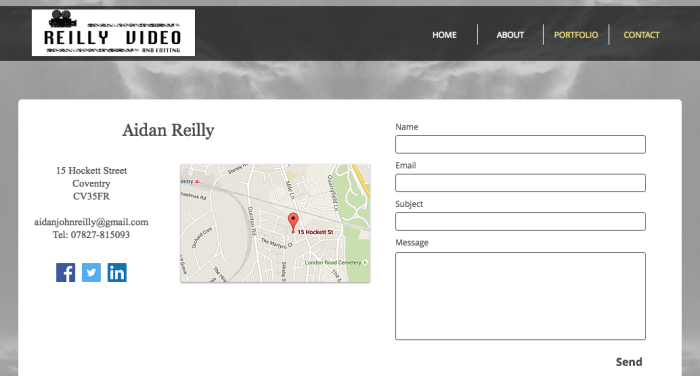




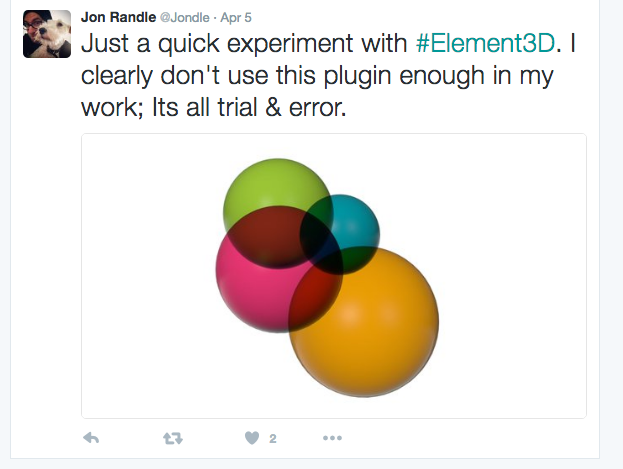

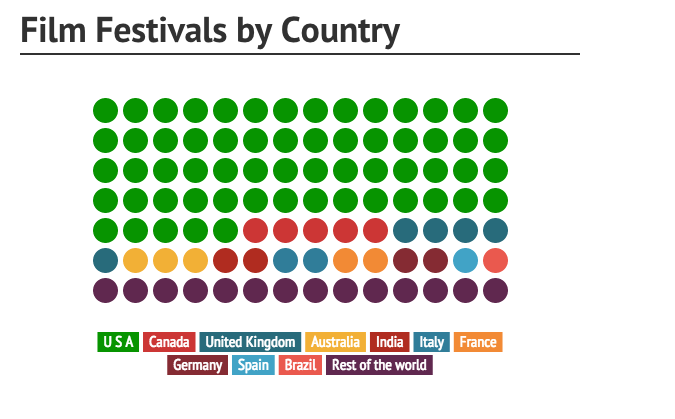






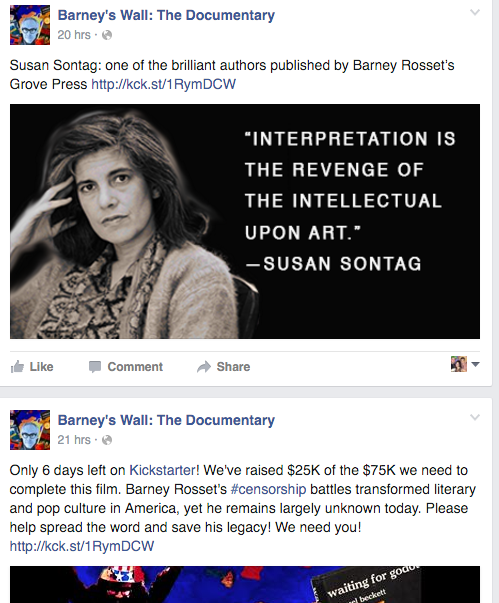

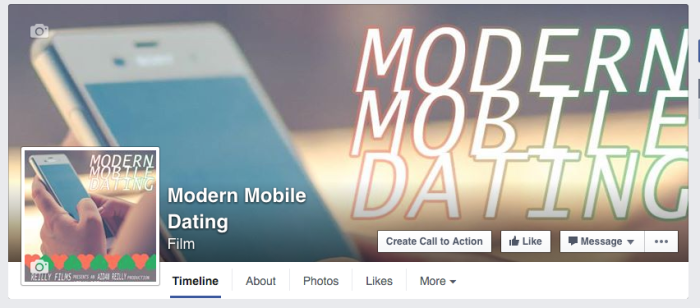
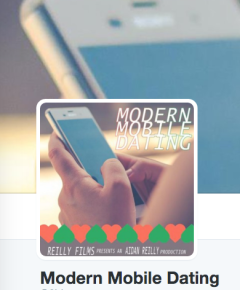


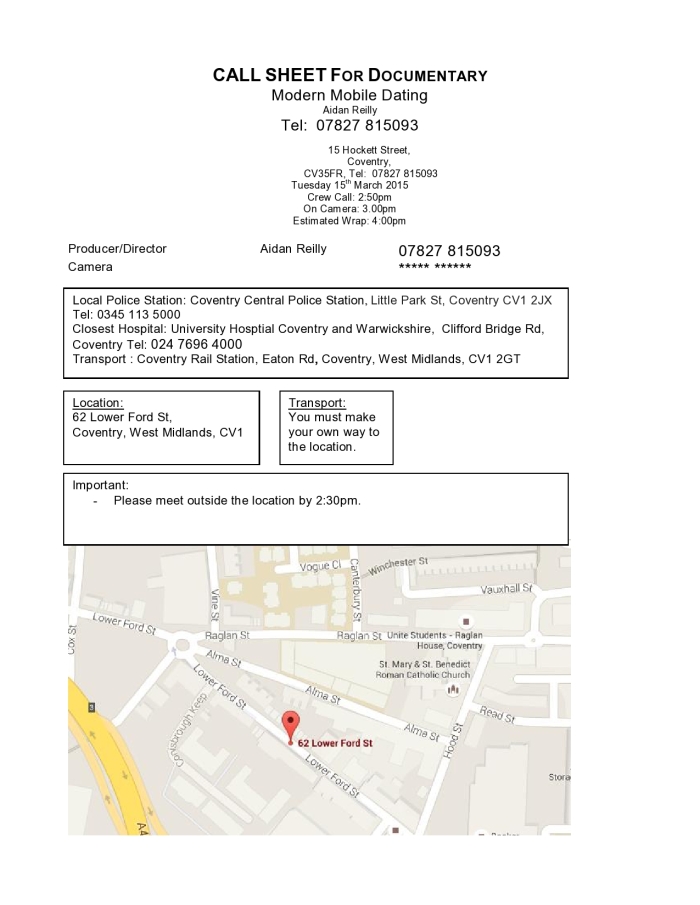



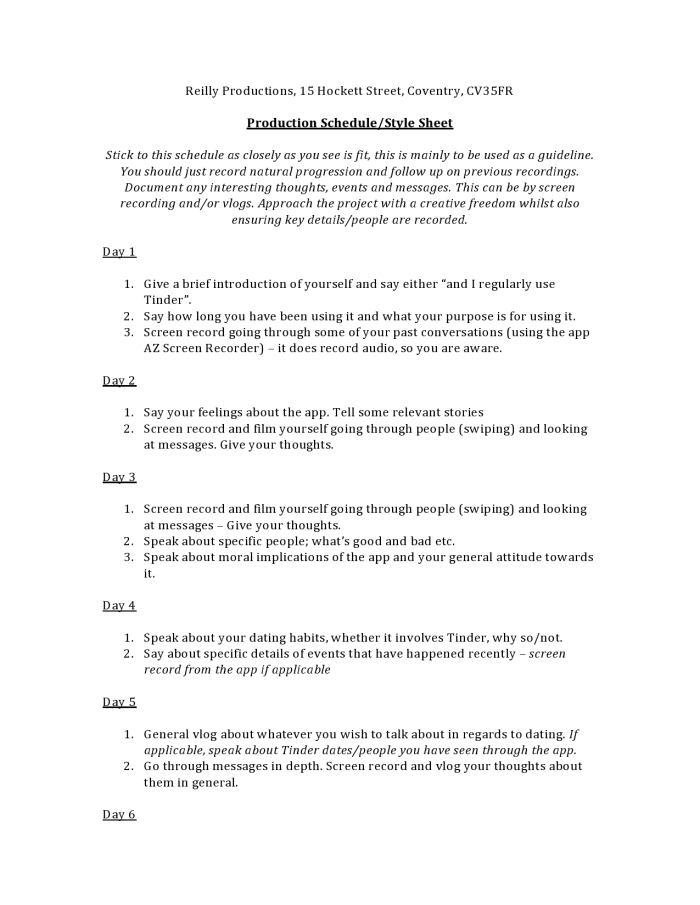
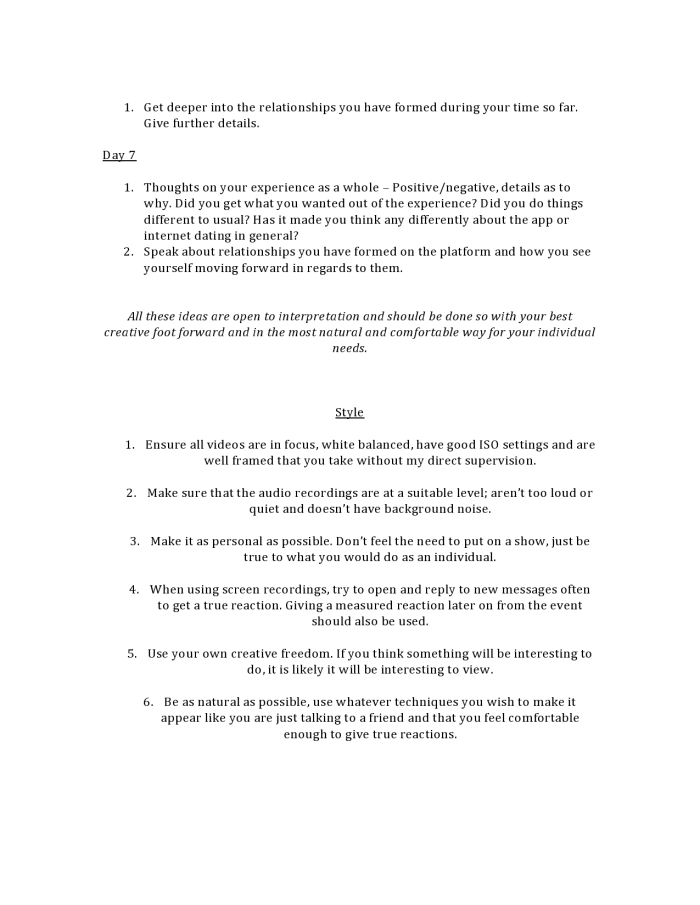


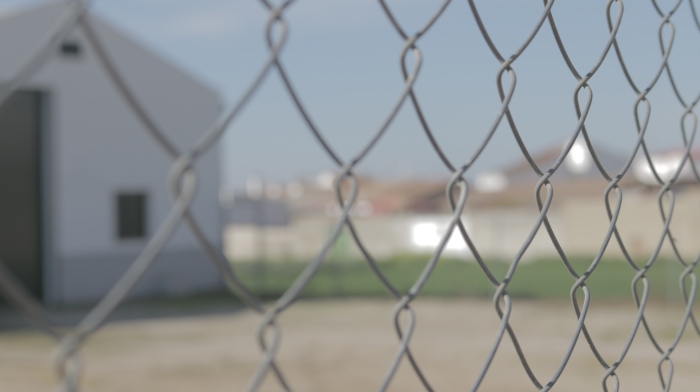
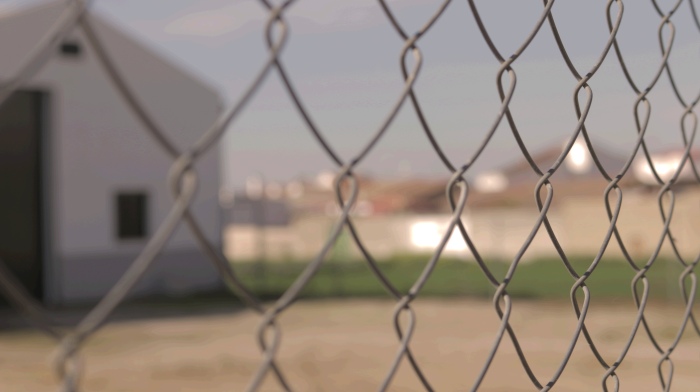














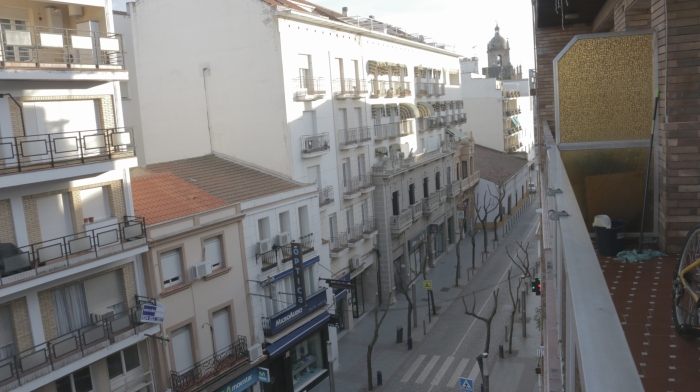
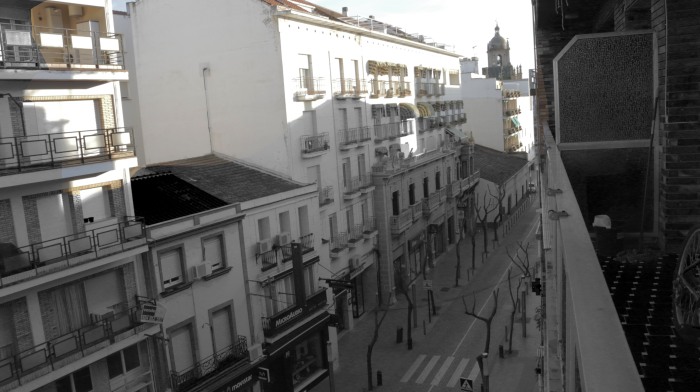


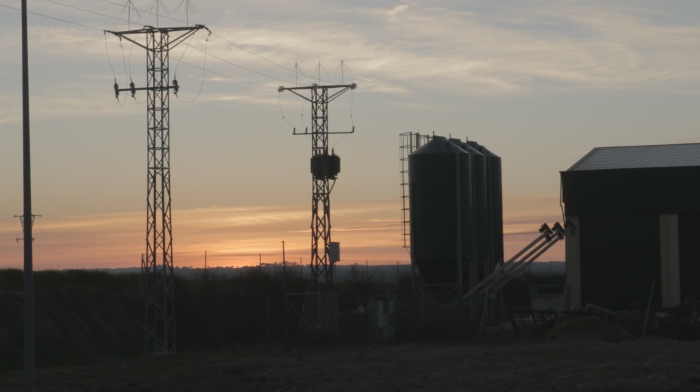

















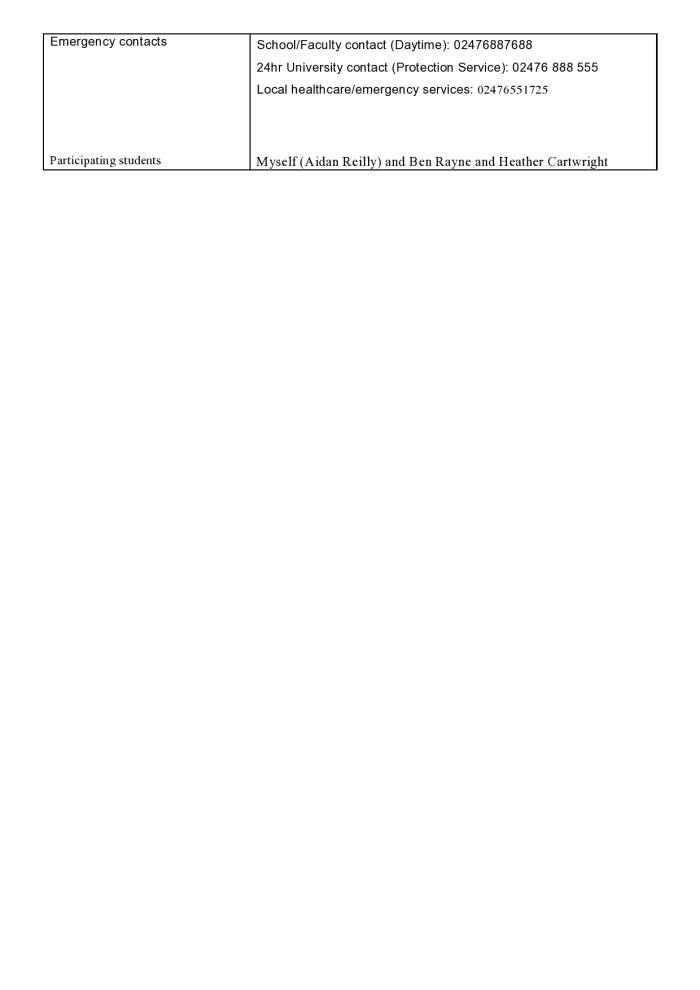
















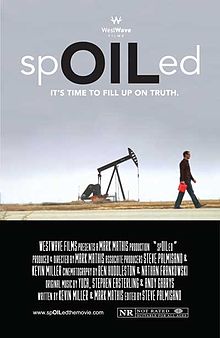
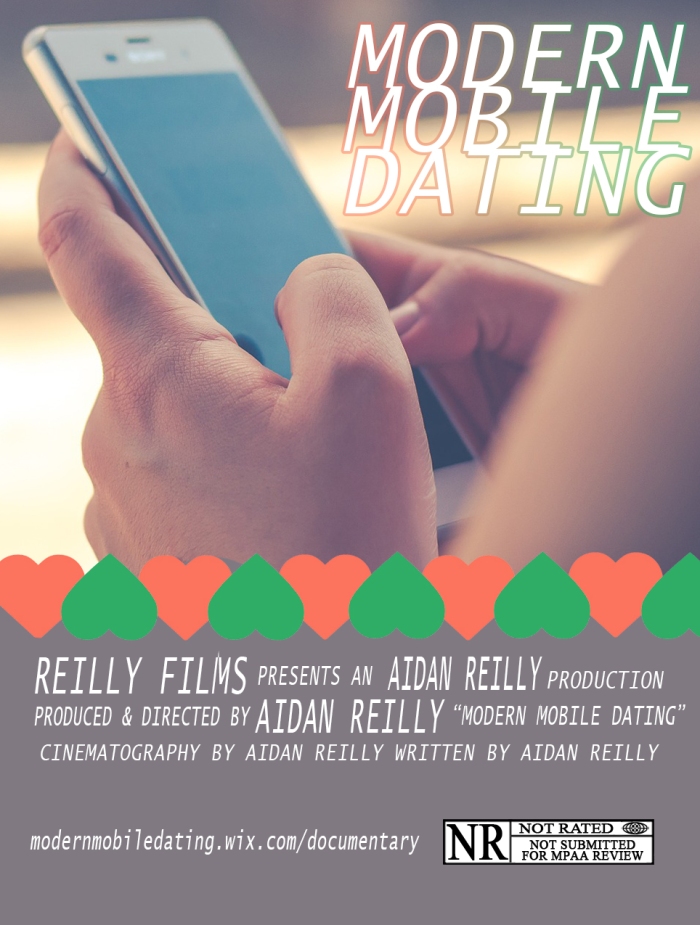















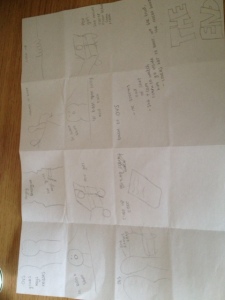
 We were excited about using this first image as it could lead to many different narrative points and left us with a many different ways in which we could create an intriguing story around the image and how the characters got to that frame.
We were excited about using this first image as it could lead to many different narrative points and left us with a many different ways in which we could create an intriguing story around the image and how the characters got to that frame.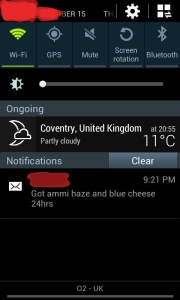 When looking for creative inspiration, the first place you look into your own lives, whether that is literal or the society around you that you often see and perhaps are affected by. One thing we have experienced as a group, not necessarily first hand, is drug culture.
When looking for creative inspiration, the first place you look into your own lives, whether that is literal or the society around you that you often see and perhaps are affected by. One thing we have experienced as a group, not necessarily first hand, is drug culture.